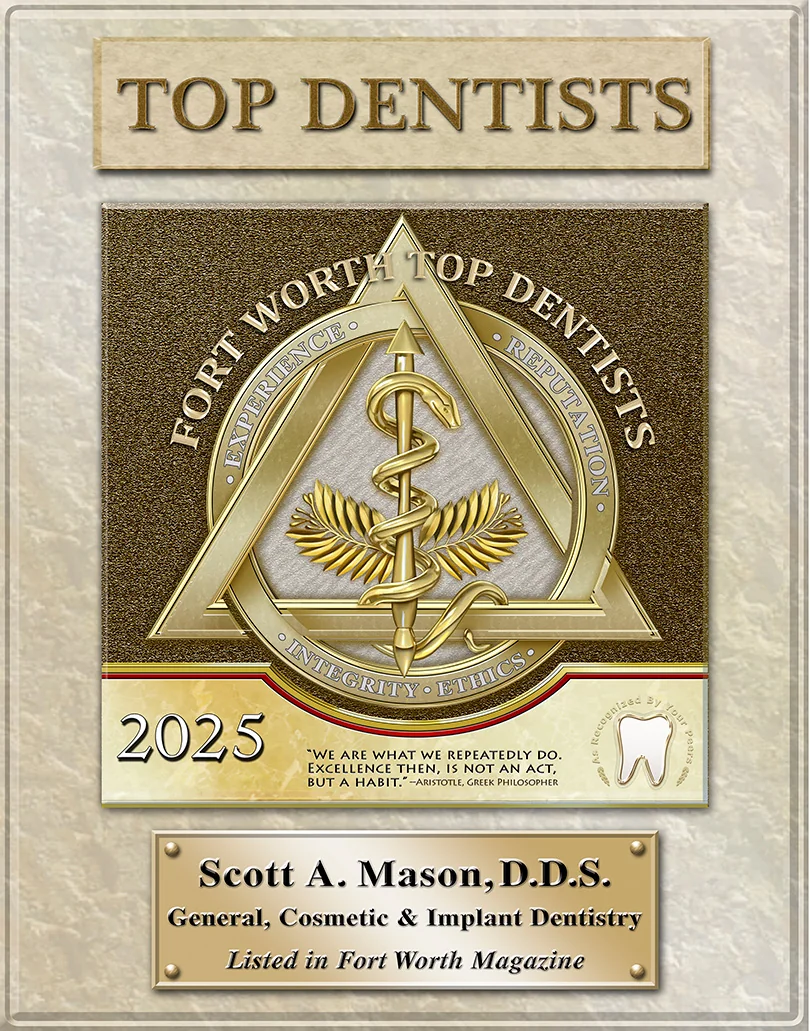PRE-OPERATIVE INSTRUCTIONS FOR DENTAL SURGERY
** VERY IMPORTANT INFORMATION – PLEASE READ CAREFULLY **
- 1. We will be reviewing your medical history with you immediately prior to your procedure. Please be sure you are familiar with that information―especially with the name(s) and dosage(s) of any medications you are taking. If you feel your history is relatively complicated, we will need to decide if a consultation with your physician is necessary before the procedure is performed.
- 2. Unless specified by your dentist, all medicines taken on a routine basis should be continued without interruption. Please swallow with a minimal amount of water.
- 3. Patients who are minors (under 18 years of age) must have a legal guardian present to both fill out the “Medical History Update Form” and to sign the “Disclosure and Consent Form”.4. It is important to avoid smoking for at least one week before the surgery and one week following the surgery.
**IF you are having IV (intravenous) conscious sedation**:
- 1. Do not eat or drink anything (including water) for at least six hours prior to your appointment. Failure to do so may result in the canceling and future rescheduling of your appointment.
- 2. A responsible adult, over 18 years of age, should accompany you to the office and should remain in the office during the entire procedure. Following the sedation, this responsible adult should be physically capable of assisting and accompanying you home and should remain with you for the next 24 hours.
- 3. For the first 24 hours following the sedation, you should refrain from the following: driving an automobile; operating heavy machinery; making legal decisions; drinking alcoholic beverages; or engaging in any activity that requires alertness.
- 4. There are important differences between general anesthesia (being completely asleep) and IV conscious sedation. If you have any questions about the IV conscious sedation process, please feel free to contact Dr. White at 214.437.2405 prior to the procedure.
NOTE: If you have any concerns or questions about the surgery, please contact Dr. White at 214.437.2405 or by email at david@dswdds.com.
**IMPORTANT—PLEASE READ!**
POST-OPERATIVE INSTRUCTIONS
IMMEDIATELY FOLLOWING SURGERY:
- Bleeding: If gauze is provided, place over extraction sites and maintain pressure by biting for 30-minute intervals. Do not suck or spit excessively. Overuse of gauze to completely stop bleeding can cause further bleeding and can break down the blood clot. If you find your mouth filling up with blood after an hour of replacing the gauze, try using a tea bag (black tea is best) steeped in warm water, and place over extraction site(s). The tannins in the tea will help clot the blood. (If a musician, please refrain from blowing into musical instruments for two weeks.) NOTE: Some “oozing” and discoloration of saliva is normal. If bleeding persists, replace the gauze with a clean, folded gauze placed over the extraction site, and maintain the pressure until the bleeding stops.
- Swelling: Swelling should reach its maximum in three-to-four days and should begin to diminish by the fifth post-operative day. On the day of surgery, place ice or cold compresses on the surgical region for 20 minutes on/off.
- Discomfort: Discomfort may occur for a few hours after the sensation returns to your mouth, gradually increasing for two-to-three days, then begin to diminish over the next few days. Mild-to-moderate pain: use Advil or Ibuprofen. Severe pain: use prescription pain medication, as directed. Remember, these medications can take up to 30 minutes to one hour to take effect. If you are using any of these medications for the first time, exercise caution with the initial doses (start with half a pill).
- Smoking: Avoid any tobacco for two weeks.
- Diet: A nutritious liquid or mushy diet will be necessary for two weeks after surgery (i.e., soups, smoothies, mashed potatoes, pudding, macaroni & cheese, yogurt, Ensure, Jell-O, milkshakes, protein shakes, etc.). Avoid any crunchy foods, such as chips, peanuts, and popcorn. These foods can get caught in the sockets, irritating the area. Avoid chewing directly on the extraction site(s).
- Physical Activity: For the first 24-to-48 hours, one should REST (no hard physical activity for one week). Patients who have sedation should refrain from driving an automobile or from engaging in any task that requires alertness for the next 24 hours.
DAYS AFTER SURGERY:
- 1. Brush teeth carefully; avoid brushing (or using Waterpik®) on the extraction site(s), until fully healed.
- 2. Beginning 24 hours after the surgery, rinse mouth three times per day with the prescription mouth rinse (or use 1 tsp. of salt in a glass of warm water).
- 3. If ANTIBIOTICS are prescribed, be SURE to take ALL that have been prescribed, AS DIRECTED.
- 4. If SUTURES were used, they will dissolve on their own.
- 5. DRY SOCKET is a delayed healing response, which may occur during the second-to-fourth post-operative day. It is associated with a throbbing pain on the side of the face, which may seem to be directed up toward the ear. In mild cases, simply increasing the pain medication can control the symptoms. If this is unsuccessful, please call Dr. White.
- 6. **POST-OP APPOINTMENT: RETURN TO YOUR DENTIST’S OFFICE FIVE-TO-SEVEN DAYS AFTER THE SURGERY FOR SOCKET IRRIGATION INSTRUCTIONS.**
- 7. Additional post-operative information can be found at www.dswdds.com.
CONTACT THE DOCTOR IF:
- 1. Bleeding is excessive and cannot be controlled.
- 2. Discomfort is poorly controlled.
- 3. Swelling is excessive, spreading, or continuing to enlarge after 60 hours.
- 4. Allergic reactions to medications occur, which are causing a generalized rash or excessive itching.
CONTACT EMERGENCY MEDICAL SERVICES (“EMS”) OR CALL “911” IF: Patient loses or has lost consciousness.




